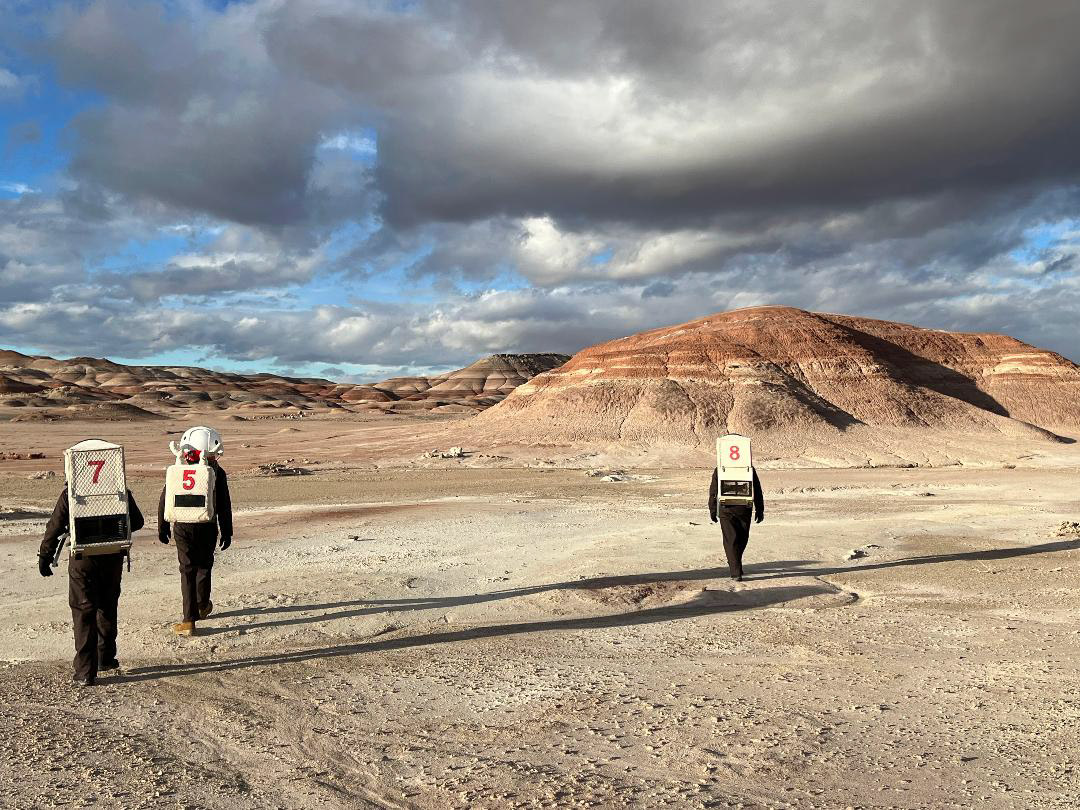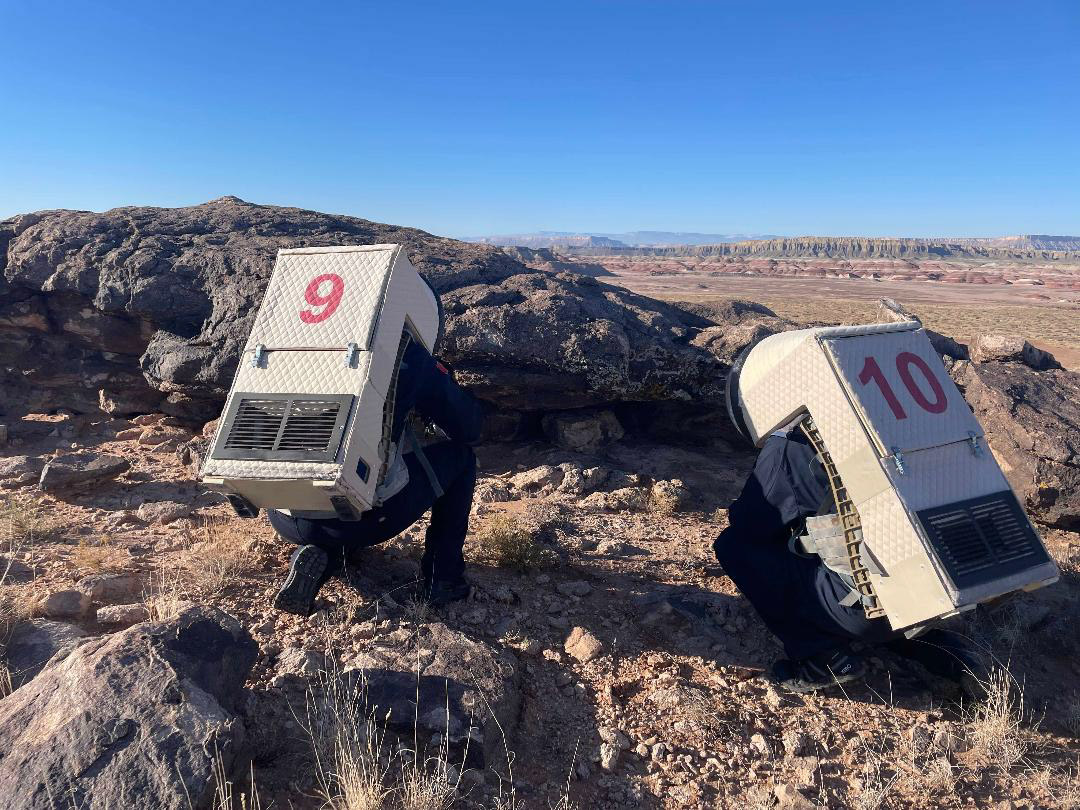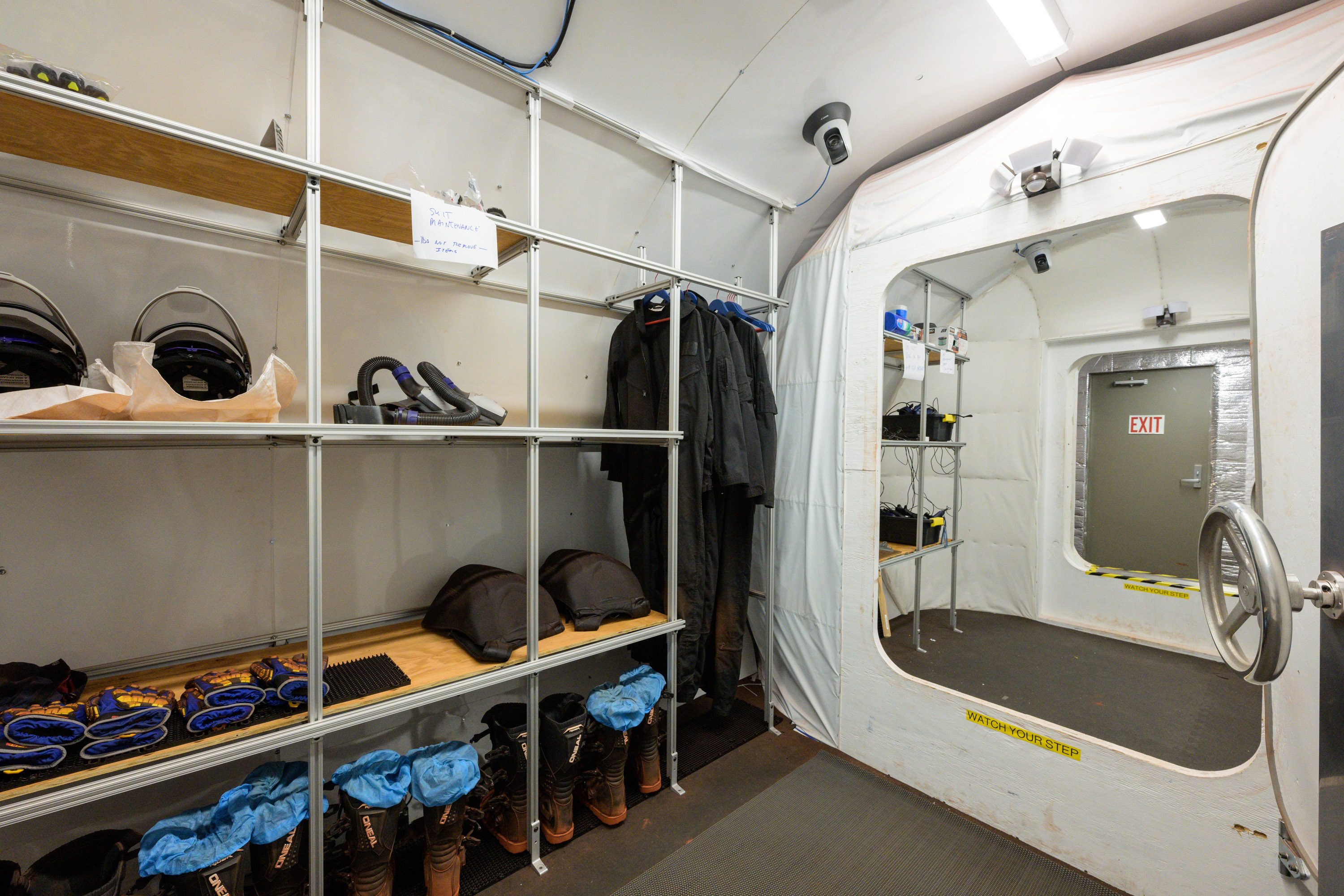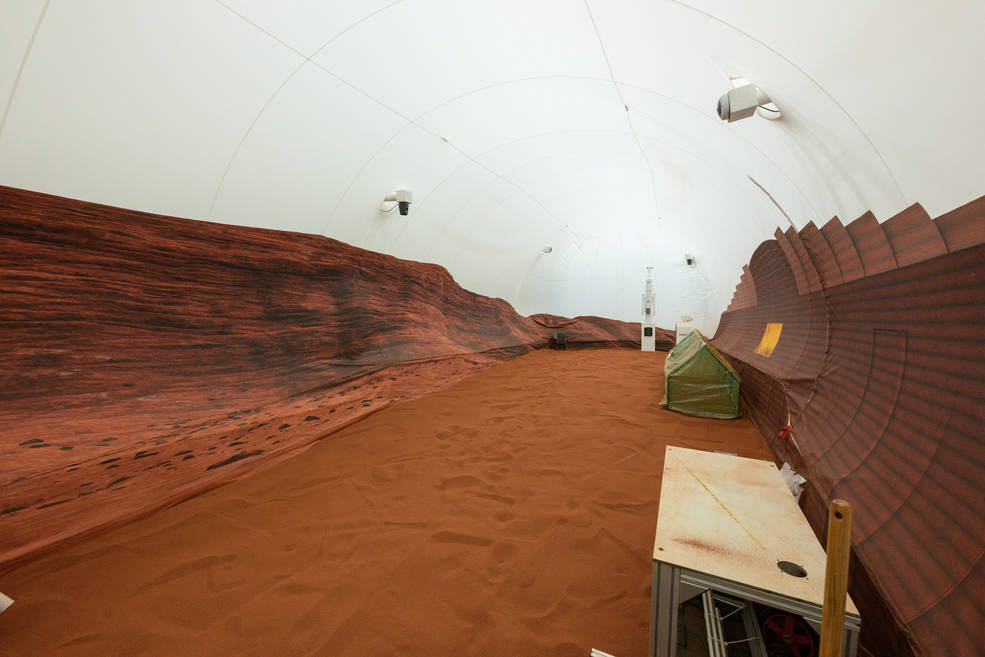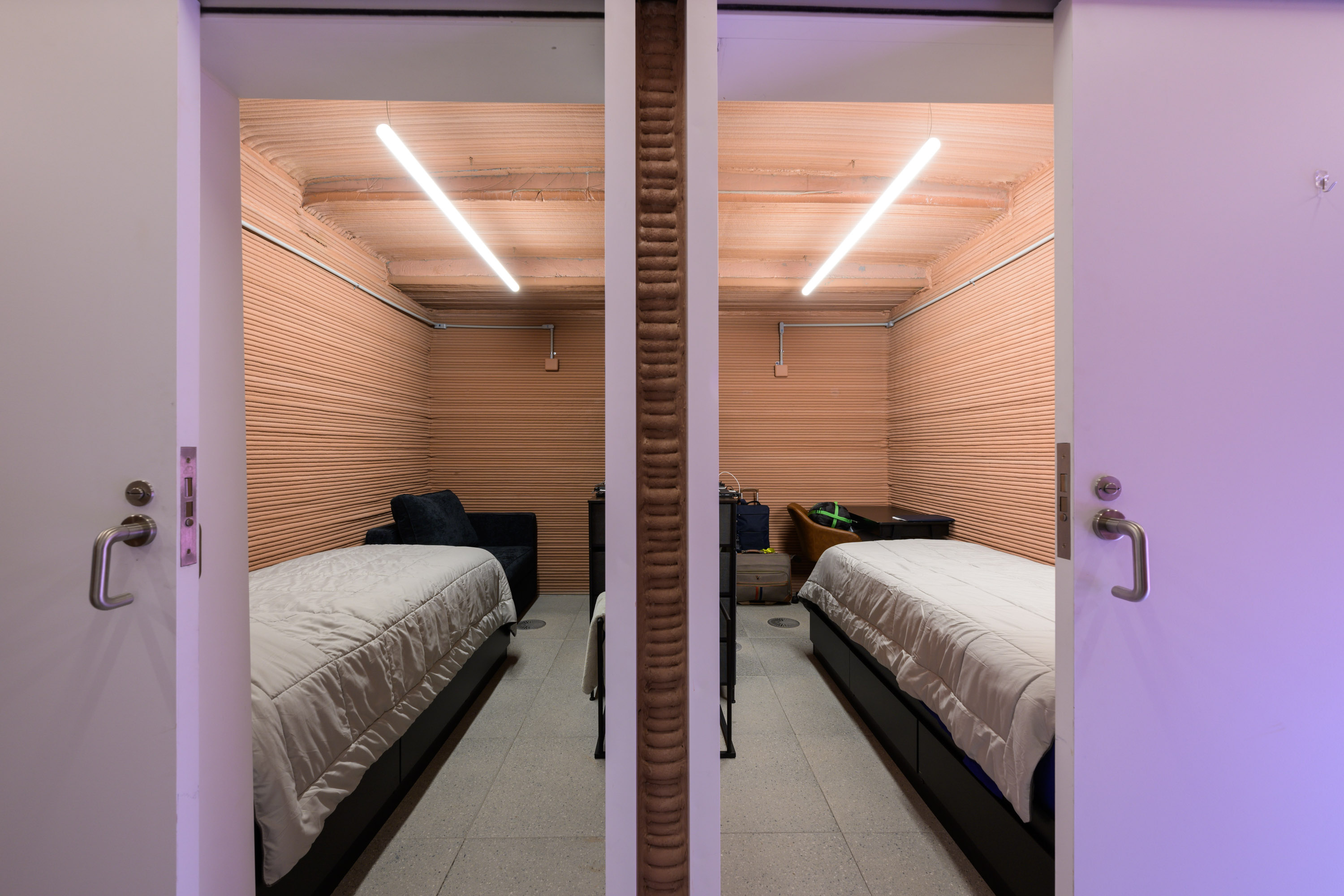The story behind Ormond Gigli’s “Girls in the Windows” iconic photograph, 1960
 In 1960, photojournalist Ormond Gigli assembled 43 women, dressed them in refined, colorful garb, and situated them in 41 windows across the facade of the classic New York City brownstones. Years later, the image ended up being his most famous artwork.
In 1960, photojournalist Ormond Gigli assembled 43 women, dressed them in refined, colorful garb, and situated them in 41 windows across the facade of the classic New York City brownstones. Years later, the image ended up being his most famous artwork.
Back in the day, Gigli found himself working out of a studio on East 58th Street in the heart of Manhattan. Across the street stood a series of townhouses, set for demolition.
Intent on capturing the beauty of the buildings before it was gone for good, the artist set to work on crafting the perfect image to memorialize the neighborhood he had come to love so well.
He hadn’t the money to pay for professional models – or an access to a budget for a picture that had no sponsorship.
So, he contacted the foreman of the building and convinced him to clear a 2-hour period of time for him to work – and clear out the window jams.
He reached out to a modeling agency that he had worked for, and asked for models to volunteer to be in his ‘dream’ picture. They were to wear what they wanted and show up over the lunch hour.
Since the building had been gutted of electricity and gas – there was a gaping hole on the sidewalk. So, unafraid to ask a favor, he contacted the city and asked for permission for the Rolls Royce to be parked on the sidewalk for the time necessary to set up the picture.
He then placed the models, including his wife, trying to loosely coordinate their outfits into the 30 windows. Some were bold enough to stand on the window jam and some were framed by the window. With three additional models, two on the street and one on the ground floor the picture was complete.

Ormond Gigli – Demolition begins at what is now 320 East 58th Street, New York, 1960.
In the end, Ormond gathered 43 women clad in their best formal wear and no two figures looked exactly alike; the posture and outfit each woman assumed alludes to what her personality might be like outside the confines of the photograph.
Perched from the fire escape of his studio, he was able to capture action happening across five floors. The final product proved to be something surreal, reducing the living, breathing women to brightly colored toys in a doll house.
No two figures looked exactly alike; the posture and outfit each woman assumed alludes to what her personality might be like outside the confines of the photograph.
Perched from the fire escape of his studio, he was able to capture action happening across five floors. The final product proved to be something surreal, reducing the living, breathing women to brightly colored toys in a doll house.
The richness of the photograph stems from the ability to appreciate it in different ways: either as a whole, as a rhythmic composition of color and form, formed by the pattern of windows, human figures, and colorful dresses; or the viewer is drawn to explore its various parts, each woman presenting a different point of the interesting story (Gigli’s wife is on the second floor, far right and the demolition supervisor’s wife is on the third floor, third from left).

This is how Ormond Gigli recalls the story (according to Time magazine): In 1960, while a construction crew dismantled a row of brownstones right across from my own brownstone studio on East 58th Street, I was inspired to, somehow, immortalize those buildings. I had the vision of 43 women in formal dress adorning the windows of the skeletal facade.
We had to work quickly to secure City permissions, arrange for models which included celebrities, the demolition supervisior’s wife (third floor, third from left), my own wife (second floor, far right), and also secure the Rolls Royce to be parked on the sidewalk. Careful planning was a necessity as the photography had to be accomplished during the workers’ lunch time!
The day before the buildings were razed, the 43 women appeared in their finest attire, went into the buildings, climbed the old stairs, and took their places in the windows.
I was set up on my fire escape across the street, directing the scene, with a bullhorn in hand. Of course, I was concerned for the Models’ safety, as some were daring enough to pose out on the crumbling sills.
The photography came off as planned. What had seemed to some as too dangerous or difficult to accomplish, became my fantasy fulfilled, and my most memorable self–assigned photograph. It has been an international award winner ever since.
Most professional photographers dream of having one signature picture they are known for. “Girls in the Windows” is mine.
Decades later, the image has stood the test of time. Immortalizing the time and place, the photograph achieves exactly what Gigli intended and preserves the spirit of the city perfectly in a brief, colorful scene.
A short biography
Gigli was born in New York City in 1925. As a teenager, his father offered him his first camera. He graduated from the School of Modern Photography in 1942 and served in the Navy as a photographer during World War II. He spent some time living the bohemian life in Paris.
Gigli’s career took off in 1952 when a LIFE editor hired him to do a series of celebrity portraits and to cover the Paris fashion shows. He garnered attention when one of his pictures was published in the center spread of the magazine. It started a fashion photographer career of more than four decades.
Through the years, Gigli shot Sophia Loren, Anita Ekberg, John F. Kennedy, Gina Lollabrigida, Diana Vreeland, Marlene Dietrich, Judy Garland, Louis Armstrong, Laurence Olivier, Alan Bates, and Richard Burton among others.
(Photo credit: Ormond Gigli / ormondgigli.com / Time / The Guardian / Holden Luntz Gallery / Wikimedia Commons).


